
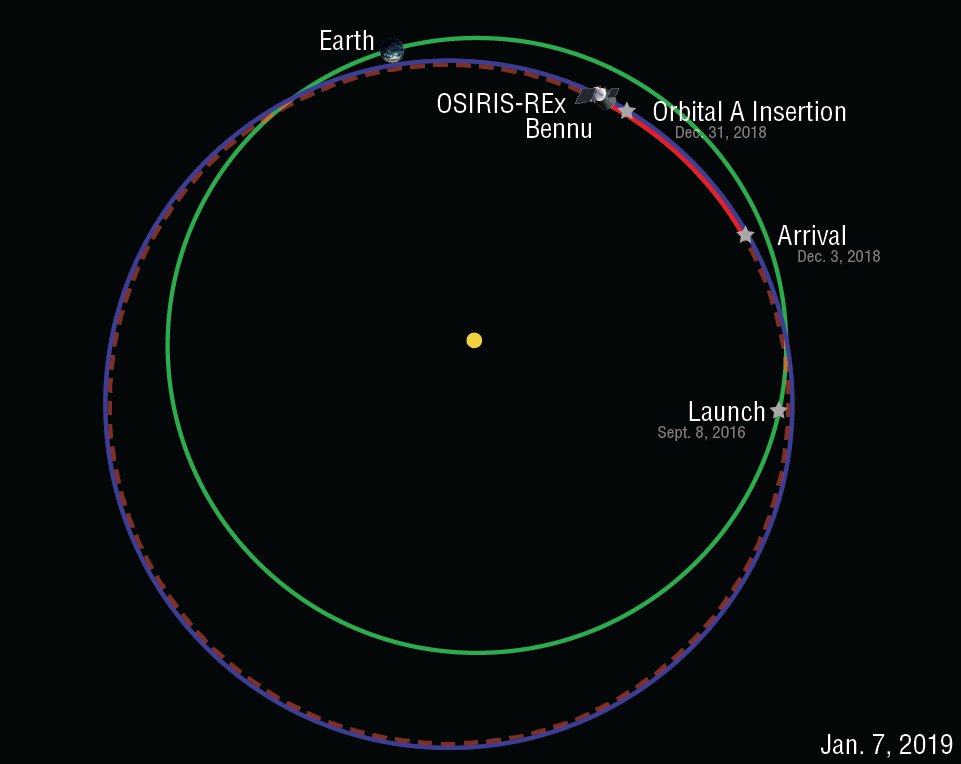
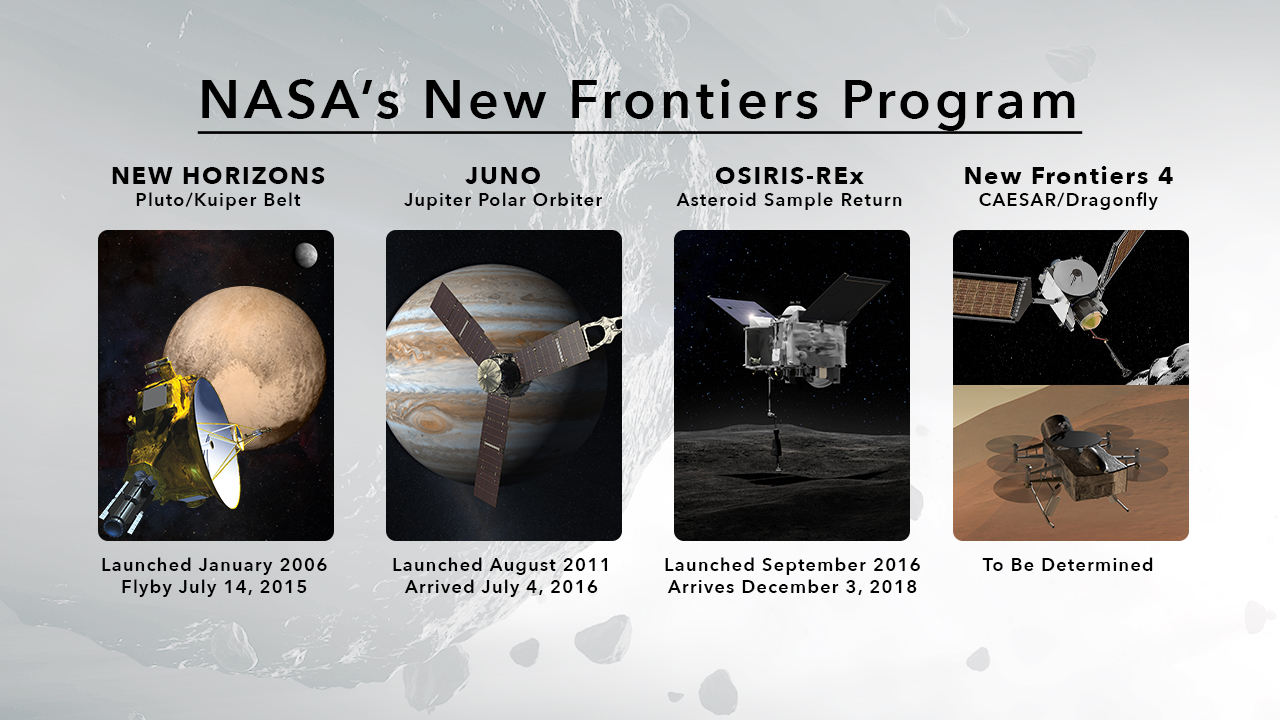
https://www.haaretz.com/us-news/nasa-gives-far-off-space-object-nazi-friendly-name-1.6806763
https://qz.com/1489479/a-guide-to-the-logos-on-chinas-change-4-moon-mission/

http://parkersolarprobe.jhuapl.edu/News-Center/Show-Article.php?articleID=116
The Chinese name for the river, Heilong Jiang, means Black Dragon River in Chinese, and its Mongolian name, Khar mörön(Cyrillic: Хар мөрөн), means Black River.[1]
The name "Amur" may have evolved from a root word for water, coupled with a size modifier for "Big Water".[4]
https://www.skyandtelescope.com/astronomy-news/dutch-radio-antenna-hitches-ride-chinas-moon-relay-orbiter/As part of the Chang'e 4 mission, two microsatellites (45 kg or 99 lb each) named Longjiang-1 and Longjiang-2 (Chinese: 龙江; pinyin: Lóng Jiāng; literally: "Dragon River"[32]), were launched along with Queqiao in May 2018. However, Longjiang-1 failed to enter lunar orbit,[31]while Longjiang-2 succeeded and is currently operational in lunar orbit. These microsatellites were tasked to observe the sky at very low frequencies (1–30 MegaHertz), corresponding to wavelengths of 300 to 10 metres (984 to 33 ft), with the aim of studying energetic phenomena from celestial sources.[28][33][34] Due to the Earth's ionosphere, no observations in this frequency range have been done in Earth orbit,[34] offering potential breakthrough science.[23]
Two other micro-satellites, Longjiang-1 and Longjiang-2 (Chinese for “Dragon River” referring to the Heilongjiang/Amur River between Russia and China), were also deployed to orbit the Moon. Their mission is to conduct ultralong-wave astronomical observations of their own. Saudi Arabia also fielded a small lunar optical imager aboard the orbiter.Once Queqiao is in place, the stage is set for the launch of the Chang'e 4 lander and orbiter, which will head for the Von Kármán crater in the South Pole-Aitken Basin on the lunar farside. Launch of Chang'e 4 is set for late 2018.
In the landing mission in February, Hayabusa 2 will use target markers it released earlier on the celestial object, and attempt to collect rocks and sand from the surface. The two candidate locations, which are near the markers, are free of large rocks. Landing on objects with heights of roughly 60 centimeters or above could damage the spacecraft.
Meanwhile, JAXA has given names to 13 landmarks, such as craters and large rocks. The largest crater, which has a diameter of 290 meters, is now named Urashima, named after the protagonist of a children's tale about a young kind fisherman and an undersea paradise he was taken to before suddenly growing old. The biggest rock mass on the asteroid has been named Otohime, after a princess the fisherman meets in Ryugu, the name of that paradise.https://mainichi.jp/english/articles/20190109/p2a/00m/0na/004000c
https://www.sciencemag.org/news/2019/01/japans-asteroid-mission-faces-breathtaking-touchdown

https://www.space.com/42991-spacex-dragon-capsule-splashdown-success-crs16.html


https://www.nasaspaceflight.com/2019/01/falcon-9-dragon-2-rolls-out-dry-dress-rehearsal-39a/
Amur Dragon river on the moon
Water Dragons
Bennu
Ryugu's water palace
SpaceX water dragon
Chang'e 4 dragon rivers
Wirtanen/Lusail/Tomb of wahtye (nile)


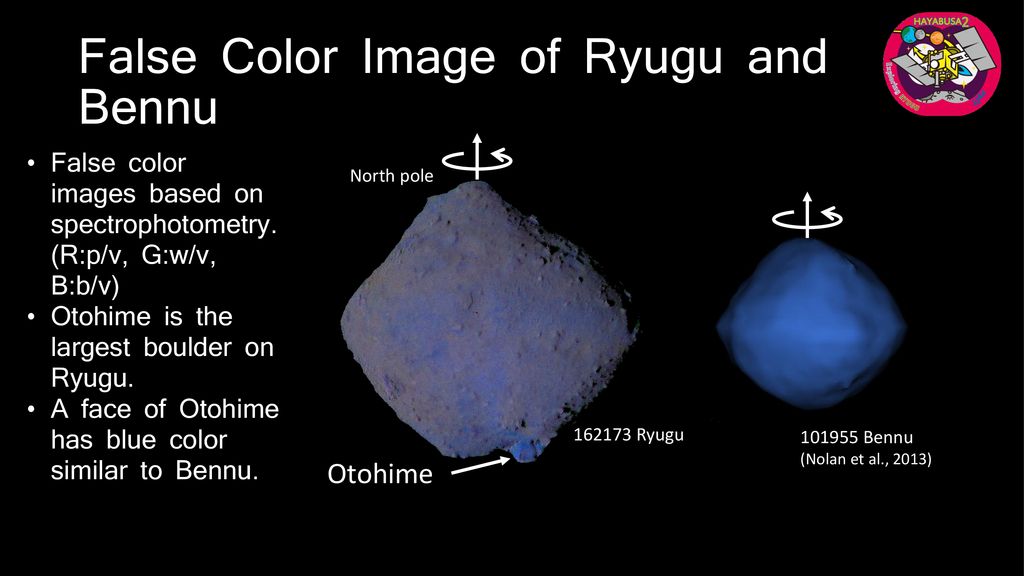
Dragon, Oto-hime, and Chang'e..
Oto-hime or Otohime (Japanese: 乙姫), in the Japanese folktale of Urashima Tarō, is the princess of the undersea palace Ryūgū-jō.
Chang'e (Chinese: 嫦娥; pinyin: Cháng'é) or Chang-o, originally known as Heng'e,[note 1] is the Chinese goddess of the Moon. She is the subject of several legends in Chinese mythology, most of which incorporate several of the following elements: Houyi the archer, a benevolent or malevolent emperor, an elixir of life, and the Moon. She is married to the archer Houyi. In modern times, Chang'e has been the namesake of the Chinese Lunar Exploration Program.
https://www.inquisitr.com/5259395/names-asteroid-ryugu-hayabusa-2/"Another important boulder on the space rock’s surface is Ejima Saxum, named after the place where Urashima rescued the turtle that later took him to the Ryugu palace. Meanwhile, the ridge in the middle of the asteroid was named Ryugin Dorsum, after the father of princess Otohime and the ruler of the Dragon Palace.“A defining feature of Ryugu is that the shape is similar to a spinning top or abacus bead. This shape is the combination of two cones which appear almost circular when seen from the north pole. The ridge where they join was named ‘Ryujin,'” said the Hayabusa-2 team, who noted that the ridge “resembled a dragon coiling around the asteroid or an ouroboros (the image of the serpent or dragon that swallows its own tail).”In addition, two large grooves found on either side of Otohime Saxum have been dubbed Horai Fossa and Tokoyo Fossa — after the alternative names of the mythical undersea world that houses the Dragon Palace.
Chang'e dragon
Dragon iss
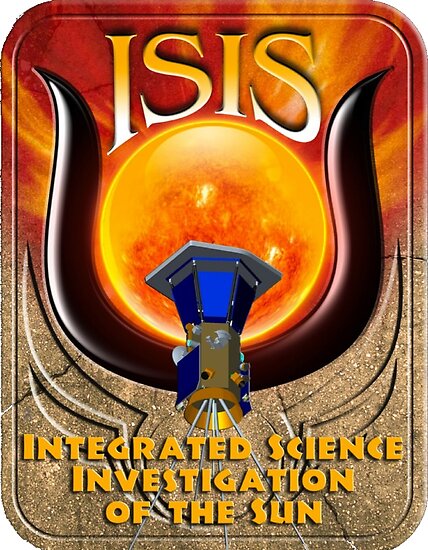
January 19, 2019: Aphelion #1
Mars underground treasure box
https://www.spaceflightinsider.com/missions/solar-system/insight-lander-deploys-seismometer-on-mars/


https://www.bbc.com/sport/africa/46788780
https://www.msn.com/en-ie/news/video/simorgh-launches-payam-e-amirkabir-satellite/vp-BBSieBf
https://www.indiatoday.in/sports/story/afc-asian-cup-2019-final-japan-vs-qatar-live-updates-1444774-2019-02-01
2020 Olympic torches to be made of recycled aluminum from Fukushima
Tokyo 2020 Games hydrogen fuel use to extend to torch relay
The hydrogen to be used during the Olympics will be produced at a state-of-the-art plant that is currently under construction in Namie, Fukushima Prefecture. This plant will also make use of solar energy, making it one of the largest facilities of its kind in world.

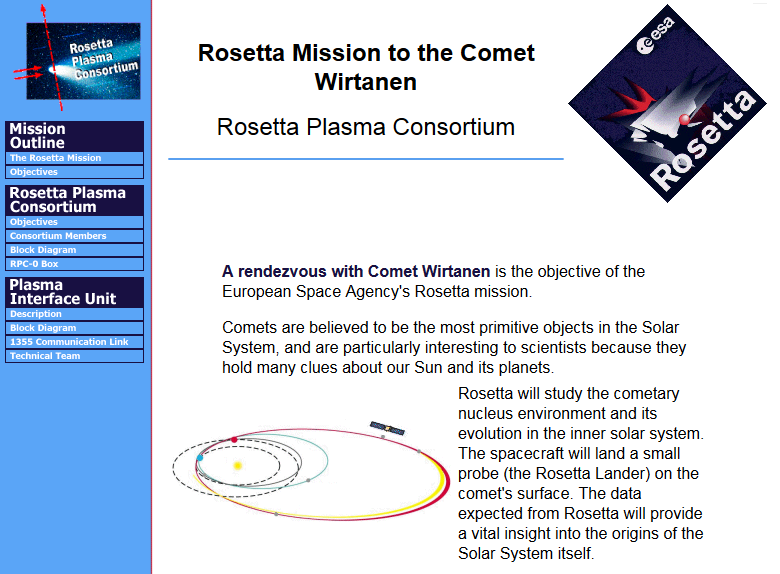
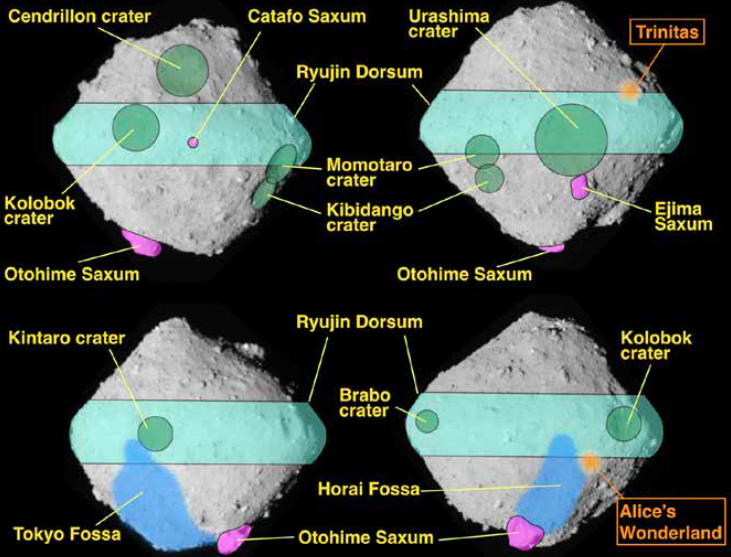


No comments:
Post a Comment